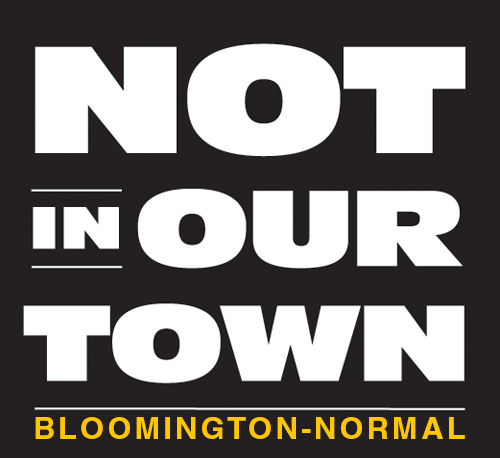The McLean County Museum of History, on Bloomington's old courthouse square, has become far more than a repository for Central Illinois' relics and stories -- it is today a gateway to understanding and appreciating the contributions of the diverse cultures that enliven the Twin Cities.
For example, ¡Fiesta! A Celebration of Mexican Popular Art, open through Jan. 16, features more than 150 pieces of art made by the people of Mexico, including ceramics, textiles, papier maché, lacquerware, basketry, carved wood, leather, glass, and more from every region of the country. Visitors to the exhibit are invited to travel through time to learn about the history of Mexico's folk arts and how, as these arts became popular in the U.S., they were incorporated into the decorative arts north of the Mexican border.
In the exhibit, visitors can stop at the museum's time travel agency where they will learn about travel to Mexico in the 1930s.
In another gallery, you'll find The Greening of the Prairie: Irish Immigration and Settlement in McLean County (open through Jan. 16, 2016), which outlines early cultural contributions to the region. The exhibit examines why emigrants left Ireland, the challenges they faced once they arrived, their successes and failures, and the impact their presence has had on our community. The exhibit features historic objects, photographs, and maps detailing the saga of Irish-Catholic famine immigrants who came to this area in the early 1850s as industrial and farming pioneers.
And The Asian Indian Experience in McLean County illuminates another key influence on Twin Cities culture and everyday life. Asian Indian immigrants began arriving in McLean County in the 1960s, seeking jobs and a better life. This installation in the People gallery of the permanent exhibit Encounter on the Prairie explores the challenges they faced and reveals the efforts made to maintain important traditions and practices while, at the same time, embracing American culture. The installation's open through May 1.
Visit www.mchistory.org to explore educational and entertainment opportunities at the Museum.
